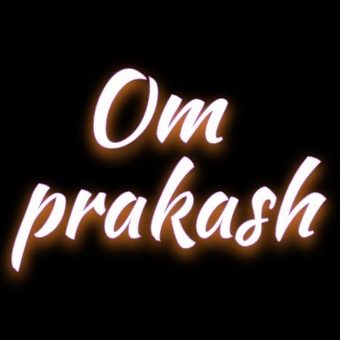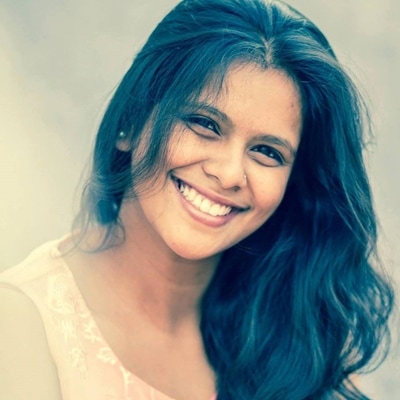Global food and beverage giant Nestle sells baby products with higher sugar content in poorer south Asian (including India), African and Latin American countries as compared to markets in Europe, claims a report by a Swiss NGO, Public Eye and International Baby Food Action Network (IBFAN). Around 150 baby products sold in different counties were scrutinised for the report, which found them to contain sugar over and above international food safety guidelines.
According to government officials, lab reports of the Indian samples will be sought from IBFAN and placed before the Food Safety and Standards Authority of India (FSSAI) for examination.
What does the report say?

The report claims that Nestle’s wheat-based product, Cerelac, for six-month babies, which is sold without any added sugars in the UK and Germany, contained 2.7 grams of added sugar per serving in India. The sugar content was declared on the packaging in India. The highest sugar content was found to be 7.3 grams in samples from the Philippines, where the information was not even declared on the packaging, the report said.
What is Nestle’s defence?
Asked about the implications of the study, a Nestle India spokesperson said, “Reduction of added sugars is a priority. Over the past five years, we have already reduced added sugars by up to 30 per cent, depending on the variant. We regularly review our portfolio and continue to innovate and reformulate our products to further reduce the level of added sugars.”
On whether it complied with food safety guidelines, the spokesman added, “We ensure that our products manufactured in India are in full and strict compliance with CODEX standards (a commission established by WHO and FAO) and local specifications (as required) pertaining to the requirements of all nutrients including added sugars.” Infant cereal products, the spokesman explained, “are manufactured to ensure the appropriate delivery of nutritional requirements such as protein, carbohydrates, vitamins, minerals, iron etc. for early childhood.”

However, Dr Arun Gupta from the Breastfeeding Promotion Network of India (BPNI), which was the India partner for the report, argues, “When you add sugars to baby formula food, babies are much more likely to drink it up because of the pleasing taste. With happy parents purchasing the products, it boosts the bottomline of companies. And they can get by because the regulations are weak,” says
What are added sugars?
Added sugars are sweetening agents such as syrups that are added in processed foods and beverages. This is considered to be more harmful than the naturally occurring sugars found in fruits and milk.
Why are they harmful?
The WHO advises against the introduction of added sugars before the age of two years to prevent addictive eating habits. “This exposure can lead to weight gain, obesity and an increased risk of developing chronic diseases such as type 2 diabetes, heart disease and certain types of cancer later in life. Additionally, high sugar consumption in infancy has been associated with an increased risk of dental caries (tooth decay) and poor nutrient intake, as sugary foods often displace more nutritious options in a child’s diet,” says Dr Richa Chaturvedi, Senior Consultant, Endocrinology, Indraprastha Apollo Hospitals, New Delhi.
What do Indian guidelines say?
They do not prescribe any upper limit for added sugars. The regulations allow use of corn syrup and malt in cereal-based infant food. It also allows the use of sucrose and fructose as a carbohydrate source, provided it makes up less than 20 per cent of the carbohydrates in the food.
© The Indian Express Pvt Ltd
First uploaded on: 18-04-2024 at 13:05 IST

Omprakash Tiwary is a business writer who delves into the intricacies of the corporate world. With a focus on finance and economic landscape. He offers readers valuable insights into market trends, entrepreneurship, and economic developments.



